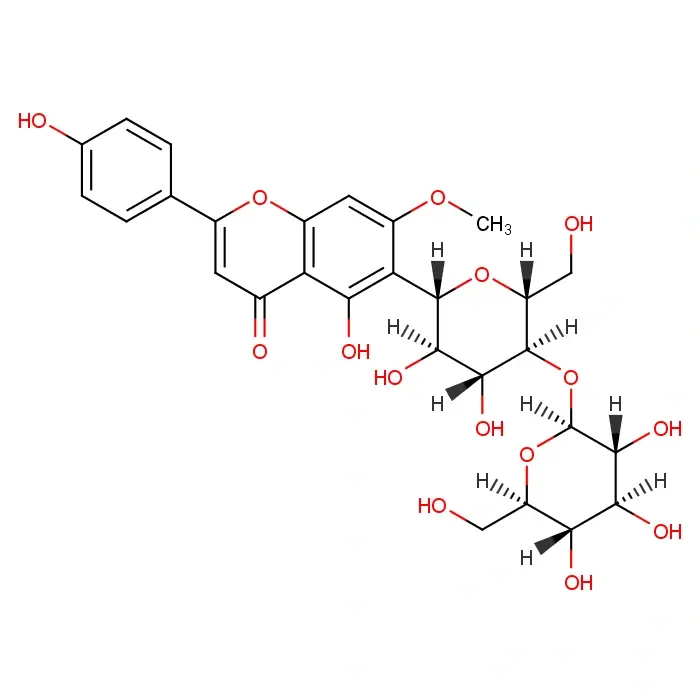What is conjugated linoleic acid used for?
2024-08-12 11:08:30
What is conjugated linoleic acid used for?
Understand what conjugated linoleic acid is?
Conjugated linoleic acid (CLA) is an unsaturated fatty acid, an isomer of linoleic acid, a series of positional and geometric isomers of linoleic acid with double bonds at carbon 9, 11, 10, or 12, and is a nutrient commonly found in humans and animals. It is a positional and geometric isomer of linoleic acid with double bonds at carbon 9, 10, 11, or 12. Conjugated linoleic acid is a fatty acid that is essential to the human body but cannot be synthesized by itself, so it must be ingested through food.
Conjugated linoleic acid is absorbed into the blood through the digestive tract in food and distributed throughout the body, and has many important physiological functions. It has antioxidant, anti-mutagenic, and antibacterial effects, can lower human cholesterol, resist atherosclerosis, and can also improve immunity, increase bone density, and promote growth.
Conjugated linoleic acid is not only one of the indispensable fatty acids for humans and animals, but also a substance that humans and animals cannot synthesize, and must be ingested from food. In the past, people had prejudices against fat, believing that it would lead to obesity and cardiovascular disease, etc. However, recent studies have found that fat has a complex composition and diverse functions, and beneficial fat components such as conjugated linoleic acid have a widely known effect on body management.

What is the main source of conjugated linoleic acid?
CLA is mainly found in the milk fat and meat products of rumen animals such as cattle and sheep, with 2 to 25 mg per gram of milk fat, and the content of CLA increases with the age of dairy cows. CLA is formed because the anaerobic Butyrivibrio fibrinolyticus linoleic acid isomerase in the intestines of ruminants can convert linoleic acid into CLA, and mainly into the biologically active cis-9, trans-11 isomer. CLA is also present in small amounts in the tissues, blood and body fluids of other animals. CLA is also found in human milk.

What are the functions of conjugated linoleic acid?
Antioxidation and immune enhancement
CLA has the ability to scavenge free radicals, which helps to enhance the body's antioxidant and immune capabilities. In addition, it can promote growth and development, and regulate the levels of cholesterol and triglycerides in the blood, which helps prevent atherosclerosis.
Promote fat oxidation and decomposition
CLA can effectively promote the oxidation and decomposition of fat, which is a good function for people who want to lose weight. It can help reduce fat accumulation in the body and improve energy utilization.
Improve muscle performance
CLA can enhance the content of myoglobin in the human myocardium and skeletal muscles, thereby improving the ability of cells to store and transport oxygen. This is especially beneficial for athletes and sports enthusiasts, making sports training more effective and the human body more energetic.
Improve blood circulation
CLA has the effect of regulating blood viscosity and improving blood circulation, which can reduce human blood pressure, especially diastolic blood pressure. This is a good function for those with high blood pressure and high blood lipids.
Prevent organ damage
CLA can enhance the fluidity of cell membranes, prevent vascular cortical hyperplasia, and maintain the normal function of organ microcirculation. In cases of severe hypoxia, it can effectively prevent organ and brain damage, especially having a significant inhibitory effect on lung and spleen edema.
Can conjugated linoleic acid really inhibit fat?
Conjugated linoleic acid is widely regarded as an effective fat-reducing ingredient. Conjugated linoleic acid can increase the activity of lipoxygenase, stimulate the decomposition and metabolism of body fat, thereby reducing the accumulation of fat in the body; inhibit the generation and differentiation of adipocytes, reduce the number of adipocytes, and thus slow down the rate of fat accumulation. Conjugated linoleic acid can promote muscle growth and increase muscle mass, further increase the metabolic rate, and thus help inhibit fat.

The principle of conjugated linoleic acid inhibiting fat
The principle of conjugated linoleic acid inhibiting fat is mainly achieved by regulating and affecting a series of signal pathways related to fat metabolism, including increasing the activity of lipoxygenase, inhibiting the activity of fatty acid synthase, and regulating the proliferation and differentiation of adipocytes.
By activating the activity of lipoxygenase, conjugated linoleic acid can promote the oxidation and decomposition of fat, thereby reducing the accumulation of fat in the body. In addition, conjugated linoleic acid can also inhibit the activity of fatty acid synthase, reduce the synthesis rate of fat in the body, and further reduce the accumulation of fat. At the same time, conjugated linoleic acid can also regulate the proliferation and differentiation of fat cells, reduce the increase in the number of fat cells, and further slow down the accumulation of fat.
What can conjugated linoleic acid be used for?
Health care products
CLA can reduce cholesterol, triglycerides and low-density lipoprotein, thereby preventing atherosclerosis and cardiovascular disease.
Improve immunity and bone density CLA has the effect of improving immunity and increasing bone density.
CLA can effectively support the reduction of body fat by changing the way fat is used and stored, thereby managing one's weight.
Food
As a functional ingredient CLA can be added as a functional ingredient to anti-fatigue, weight loss and cholesterol-lowering foods, or used in sports drinks to improve immunity.
As a multifunctional additive, CLA can improve the nutritional value of food. In the food industry, CLA can be used as an additive to improve the taste, texture and color of food.
Cosmetics
Promote skin health CLA has the effect of promoting skin health, so it is also widely used in the cosmetics and beauty industries.
_1737093401309.png)
